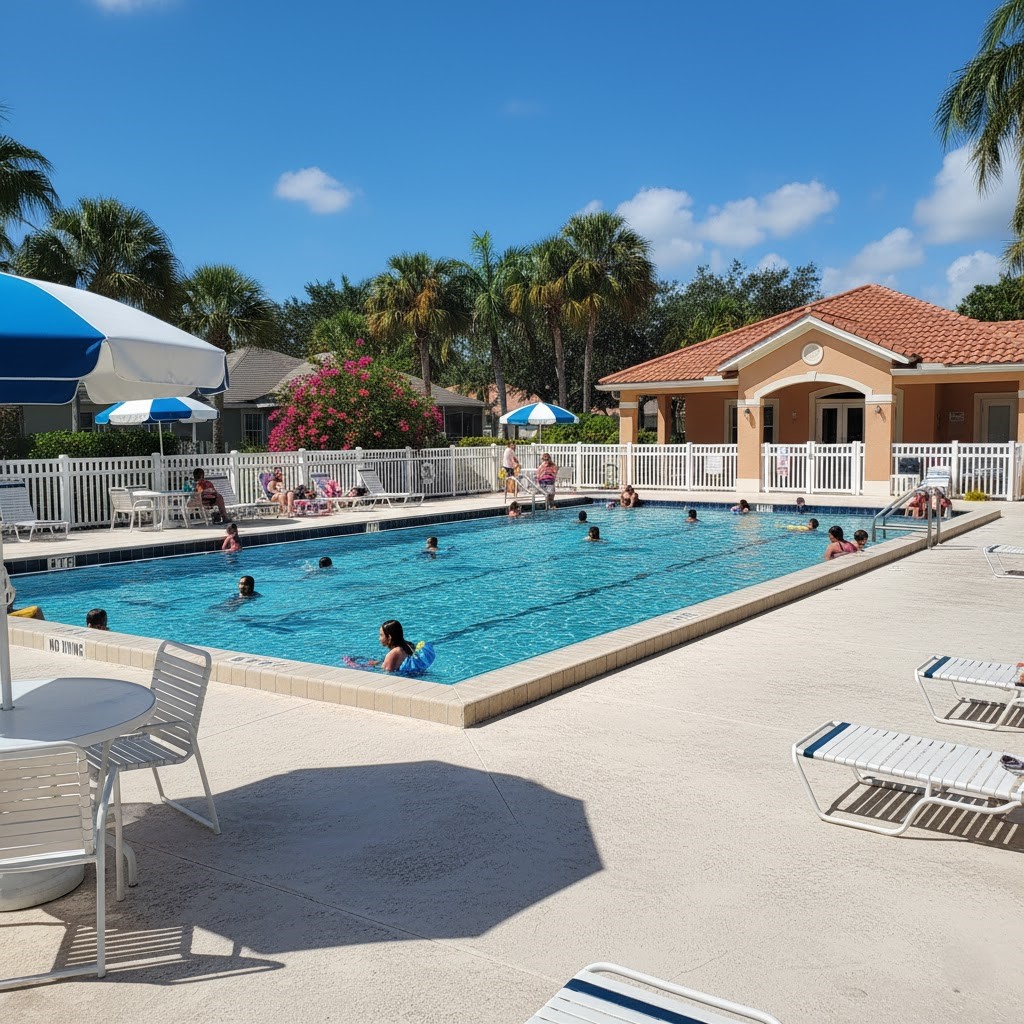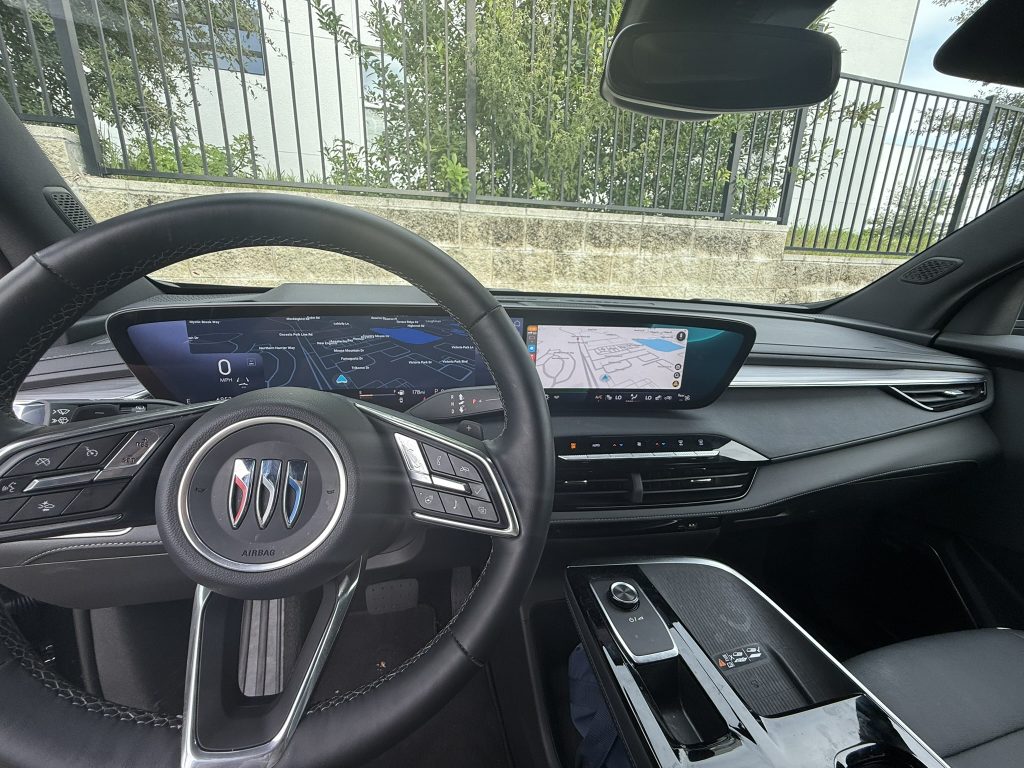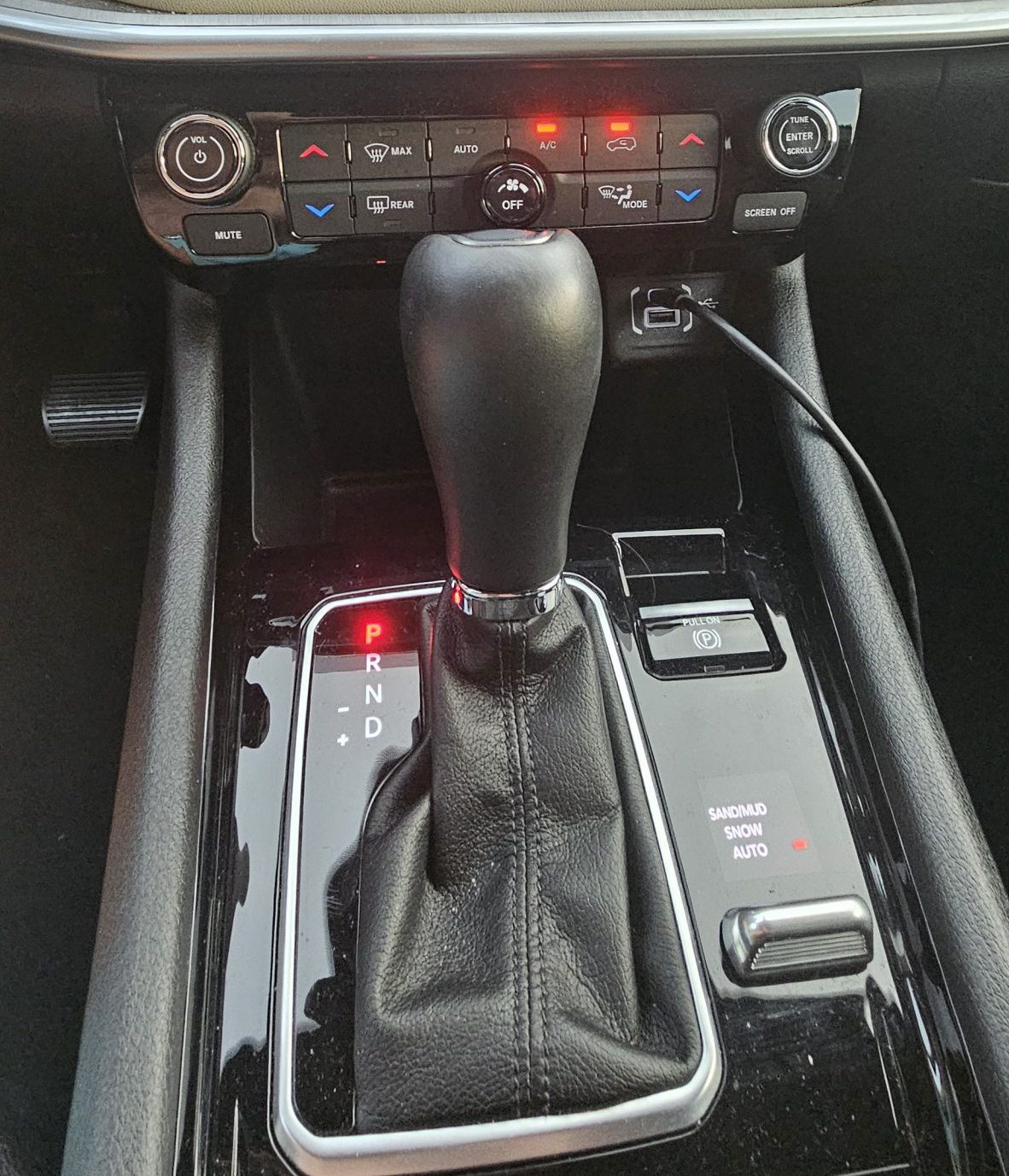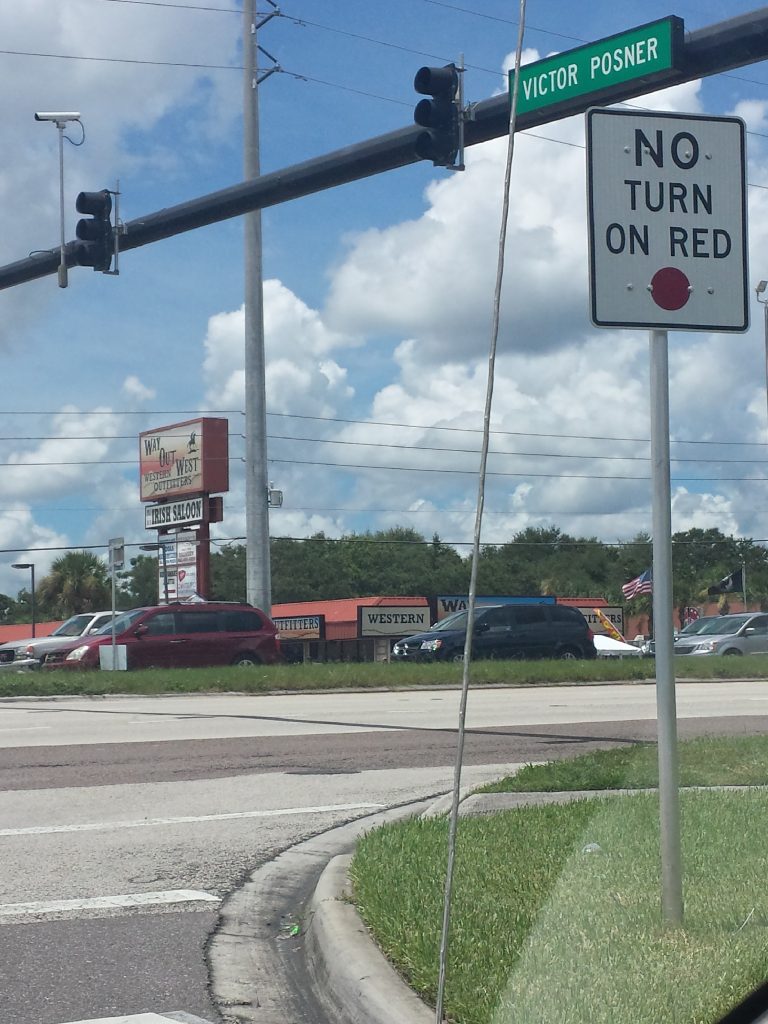Simply put… Yes, it does, if you feel strongly about it. Deciding on a gated community for your Florida villa rental depends entirely on your priorities. Florida villas in a gated community can offer enhanced security, peace of mind, and access to exclusive resort-style amenities like communal pools, clubhouses, and fitness centres—a major draw for family holidays. However, excellent non-gated options still provide privacy, a private pool, and close proximity to attractions. While gated access adds a layer of safety and exclusivity that many travellers prefer, you can secure a great vacation rental in a non-gated area if communal facilities are not a necessity. Your choice impacts your budget and access to certain perks, so weigh security and amenities against overall cost and location.
Security and Privacy
Gated Community:
- Pro: Added Layer of Security. Controlled access, either manned or electronic, provides an initial level of resident screening. This is frequently the primary appeal for renters.
- Pro: Less Traffic. Restricted access limits through-traffic and solicitors. Consequently, the environment is quieter and more private. This is a major benefit for families with children playing outdoors.
- Con: False Sense of Security. No gate is truly impenetrable. In fact, incidents can still happen, and sometimes the illusion of perfect safety leads to renters being less vigilant.
- Con: Guest and Delivery Hassle. Inviting guests or receiving deliveries, such as takeout, sometimes requires extra steps. For example, you may need to call a guard or provide a temporary code, which can be inconvenient.
Non-Gated Community:
- Pro: ‘Local’ Watch. Communities with full-time residents often feature a helpful neighbourhood watch dynamic. Locals look out for one another, which acts as a strong, informal security measure.
- Pro: Easy Access. You can enter and exit easily without delay. Therefore, getting deliveries or having guests visit is straightforward.
- Con: Open to the Public. There is no control over who drives or walks through the area. This can potentially increase traffic, solicitors, and slightly raise the risk of opportunistic crime.
Amenities and Lifestyle

Image Generated Using AI.
Gated Community:
- Pro: Exclusive, Resort-Style Amenities. Many modern gated communities are actually designed as full-service resorts. As a result, you will likely find a central clubhouse with pools, gyms, tennis courts, and more. These facilities are maintained by the Homeowners Association (HOA) fees and are exclusive to residents.
- Pro: High Maintenance Standards. HOAs in gated communities typically enforce strict rules regarding property appearance. This ensures that common areas are consistently and impeccably maintained, which enhances the neighbourhood’s overall look.
- Con: Less Local Charm. Gated communities often have a high proportion of vacation rentals. Consequently, the atmosphere can feel more like a transient resort rather than a traditional, long-term neighbourhood.
Non-Gated Community:
- Pro: The American Experience. Non-gated communities with many local residents offer a more authentic experience. For instance, you might see the iconic school bus or interact with permanent residents.
- Pro: Variety of Amenities. Non-gated communities can still offer excellent communal facilities, including pools, parks, and play areas. You must check the specific villa listing, however.
- Con: Less Standardized Maintenance. Due to less strict HOA governance, the level of exterior maintenance can vary significantly from one property to the next.
- Con: Amenities Might Be Basic. Amenities, if provided at all, are often less comprehensive than the luxury resort offerings found in large, gated communities.
Cost and Availability
Renting a Villa:
- No Significant Price Difference (Generally): Usually, there is no major difference in the base rental price quoted based solely on the gate. Instead, price is generally dictated by the property’s capacity, size, and interior luxury.
- Price Premium for Select Areas: Certain communities, such as the exclusive Formosa Gardens in Kissimmee, do charge a premium rate. However, this is not due to the gate. Rather, it is because of the community’s small size, oversized lots, and uniformly high quality of its well-appointed villas.
- Availability is Key (Gated): Non-gated communities in the Disney area significantly outnumber gated ones. Since the number of gated communities is limited, you must book your villa far in advance if one is a must-have. Therefore, you should always have a backup location choice.
Does It Really Matter?
If you have decided that you must stay within a gated community—perhaps for the feeling of safety, exclusive amenities, or reduced traffic—then choose one. Do not settle.
If you are flexible, however, broadening your search to include non-gated communities will increase your villa choices dramatically. You may also enjoy a more authentic local experience while still finding a secure, high-quality vacation home. Ultimately, the quality of the individual villa and its specific on-site amenities remain the most crucial elements for a fantastic Florida stay.
Why not check out our article Florida Villas, Booking with confidence for more information about how Direct Villas Florida verifies their listings, so you don’t have to.






